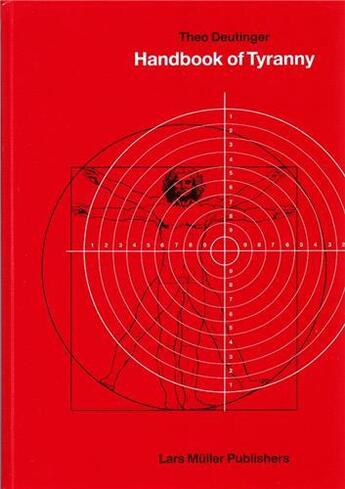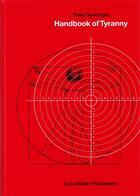-
Date de parution : 15/01/2023
-
Editeur :
Lars Muller
-
EAN : 9783037787199
-
Série :
(-)
-
Support :
Papier
Résumé:
Handbook of Tyranny portrays the routine cruelties of the twenty-first century through a series of detailed non-fictional graphic illustrations. None of these cruelties represent extraordinary violence - they reflect the day-to-day implementation of laws and regulations around the... Voir plus
Handbook of Tyranny portrays the routine cruelties of the twenty-first century through a series of detailed non-fictional graphic illustrations. None of these cruelties represent extraordinary violence - they reflect the day-to-day implementation of laws and regulations around the globe.
Every page of the book questions our current world of walls and fences, police tactics and prison cells, crowd control and refugee camps. The dry and factual style of storytelling through technical drawings is the graphic equivalent to bureaucratic rigidity born of laws and regulations. The level of detail depicted in the illustrations of the book mirror the repressive efforts taken by authorities around the globe.
The twenty-first century shows a general striving for an ever more regulated and protective society. Yet the scale of authoritarian interventions and their stealth design adds to the growing difficulty of linking cause and effect. Handbook of Tyranny gives a profound insight into the relationship between political power, territoriality and systematic cruelties.
Donner votre avis















